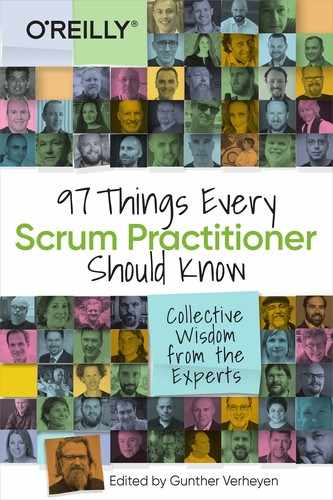Chapter 85. The Power of Play in a Safe (but Not Too Safe) Environment
Jasper Lamers

I did the field research for my master’s degree in Social and Cultural Anthropology in Lloret de Mar (Costa Brava, Spain). Back then, in the early 1990s, the place had the reputation of being a modern version of Sodom and Gomorrah: a place covered in sex, drugs, and alcohol. I wanted to explore whether youngsters went there to go through some “coming of age” ritual or at least take some big steps toward adulthood.
I used the work of Johan Huizinga as guidance. In his book, Homo Ludens (Random House, 1938), he hypothesized that culture begins in—and is driven by—play, which he defined as “Any free activity which stands consciously outside ordinary life as not serious, and which absorbs the player intensely and utterly.” Huizinga argued that play is older than culture and both the start and the engine of social behavior.
My research largely confirmed my hypothesis. The adolescents I studied spent their holidays in Lloret de Mar “playing” at adult behavior: smoking cigarettes, staying up late, drinking alcoholic beverages, and of course, experimenting with seduction and love affairs. Many experienced ecstatic moments followed by inescapable feelings of misery. Meanwhile, they gained “adult wisdom” at an impressively fast pace, with Lloret de Mar as their “playground.”
Looking back today, I see those Lloret de Mar holidays as a “pressure cooker.” Since the playground is far from home, youngsters are free to experiment, fail, and learn rapidly, without the threat of rumors or the “wrong” people finding out. This makes it an excellent learning experience. Failing severely hurts but is accepted because it happens within the confines of a safe environment. What happens in Lloret stays in Lloret, so to speak.
In Scrum, it should work the same. Every Sprint is a pressure cooker to a certain extent. The team has full focus on achieving a result over a predefined time with as few distractions from normal (company) life as possible. To get the best results, it’s crucial to fail as fast as possible. The longer a team builds on wrong assumptions, the costlier it will be to fix. That’s why Scrum has this lightweight structure. Sprints are relatively short, and Daily Scrums ensure that no learnings are overlooked.
While the Scrum framework might be considered the motor, the Scrum Values would be the fuel. Curiosity, daring to fail, experimenting, continuous improvement, creativity—these are all about mindset, culture, and behavior. The company should help the Scrum environment stay safe. This includes trust and not breaking in. Just like in Lloret, there are things that happen in your Scrum that should stay in your Scrum.
Such a safe, focused environment will boost team culture and behavior. People will find the best ways to cooperate in a matter of days, sometimes even hours. The foundation of team culture is created in a “playground” serving as a pressure cooker. As Huizinga stated, “Culture is not only driven by play, but it also starts with it.”
Consider what safe means, though. You don’t grow wiser by playing it safe. The stakes must be high enough to ensure that people stretch beyond their current abilities. In a professional Scrum environment, the learning experience might be what value is to the team. But Scrum serves another purpose, too: the creation of value to customers, users, and stakeholders.
Our professional “playing field” should take place in our own version of Lloret de Mar—safe, but not too safe.
